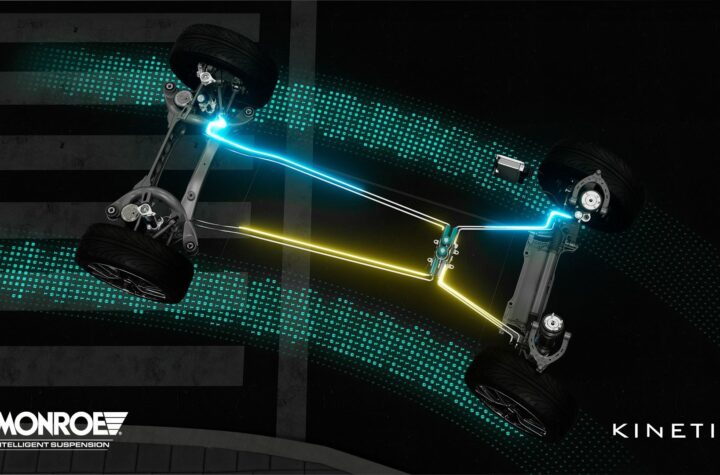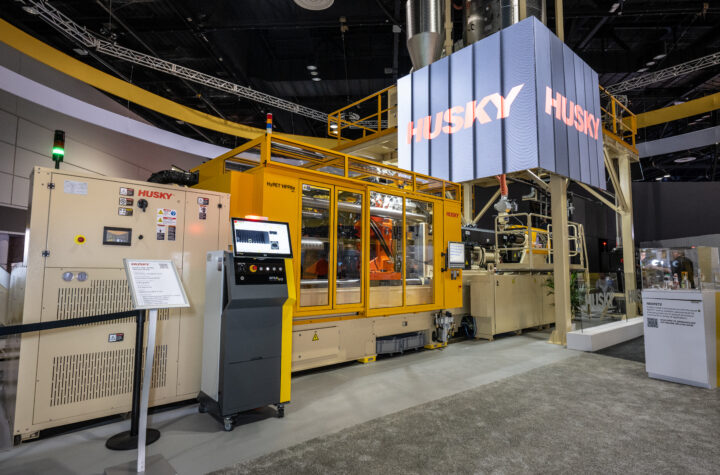
“We are seeing sustainability and consumerism trends converge, creating a world of new possibilities,” says Mark Costa, Eastman’s executive vice president, Specialty Polymers, Coatings and Adhesives and chief marketing officer.
He adds: “Eastman’s core businesses are well positioned to address these changing demands in the marketplace”.
A Fortune 500 company, Eastman Chemical Company been developing and manufacturing fibers, and plastics offers, as well as a diverse portfolio of coating additives for a number of industries for nearly a century.
In 2007, the company opened a paint spray facility at its international headquarters in Kingsport, Tennessee. The facility allows for reproducible application of coatings using current industrial techniques under controlled environmental conditions. This ensures that paint formulators effectively meet the specific environmental and performance needs of Eastman’s customers.
Resulting from the multimillion dollar investment, Eastman introduced the latest version of its Eastman Solus performance additives in March 2011, the Solus 3050. The additives were developed to meet global market demand for paints and coatings that deliver regulatory compliance with optimized performance and productivity. Another innovation, Eastman cellulose esters ensures that the coating material has the rheological properties to provide a uniform finish. Eastman cellulose esters greatly reduces sagging, pitting, picture framing, and orange peel – all problems that plague an OEM or paint shop.
Eastman believes in effectively communicating its business practices to its clients, and published its first sustainability report in 2010. Following feedback from its clients, the company is now committed to publishing regular reports to keep all stakeholders up to date on its latest accomplishments and goals. The 2011 sustainability report entitled “Connecting Science and Sustainability” shows how Eastman evaluates its success across all dimensions of sustainability including economic growth, environmental stewardship, and social responsibility.
Automotive Industries spoke to Costa, and asked him why the sustainability review was such an important exercise.
Costa: In the report, we set clear and measurable goals, showing the advances we have made during the past year and explaining our vision for connecting sus¬tainability with scientific improvements to our products and processes.
AI: What has the impact of the sustainability review on your business and products been?
Costa: Intensifying our focus on sustainability has created a new lens for innovation and product development. It provides another avenue for us to bring real value to our customers and consumers worldwide. By increasing our transparency, we are able to collaborate more closely across the value chain to deliver innovative solutions and enable our stakeholders to meet their own sustainability goals.
AI: Tell us about the work Eastman has done in cutting VOC and GHG emissions?
Costa: Eastman is committed to protecting our natural resources and reducing our environmental footprint. Corporately, we have a goal of reducing our GHG emissions by an additional 20% and reducing our total VOC emissions by 15% over the next 10 years.
The Solus family of performance additives is an example of Eastman innovation enabling improved performance, appearance, and lower VOC emissions. Additionally, Eastman Solus performance additives are composed of up to 60% cellulose, the most abundant and naturally occurring biopolymer.
AI: How important is the automotive sector to your company?
Costa: The automotive business is an important component of our strategy in the Coatings, Adhesives, Specialty Polymers and Inks (CASPI) segment, and represented approximately 20% percent of the sales revenue for the segment in 2011. Eastman feels we are well positioned to accelerate earnings growth through the development of new applications beyond traditional solvent-borne basecoats and sustainably advantaged product lines.
AI: What are some of the new technologies you have introduced for the automotive sector?
Costa: Eastman has invested in a number of opportunities to expand our business and satisfy the three primary needs of the automotive sector: performance, regulatory compliance, and productivity. Our Solus family of performance additives is helping revolutionize coatings for the transportation market by improving their performance, appearance, and sustainability profile. Eastman Solus performance additives help enable improved productivity and can help lower VOC emissions. We recently collaborated with Ford and BASF to communicate the value of bringing this technology and insight to the market.
To follow the co-innovation story, go to www.eastman.com/ai.
As automotive manufacturers search for methods to decrease vehicle weight, we predict that plastic parts will be a significant part of the solution. Eastman adhesion promoters are designed for automotive coatings applied on polypropylene, polyethylene, and thermoplastic polyolefin (TPO) plastics used for automotive parts.
AI: What are some of the breakthrough technologies from the Coatings, Adhesives, Specialty Polymers and Inks (CASPI) division and how have they impacted the automotive industry?
Costa: The automotive industry is experiencing a combination of rapid growth in emerging markets, continuous pressure to reduce costs, and an evolving regulatory landscape. The Solus product family is enabling the industry to make rapid strides in delivering higher throughput through greener solutions. We are particularly excited about a pioneering technology that allows OEM paint formulators to achieve more than 45% spray solids in solvent-borne basecoats without any compromises on performance. It’s been shown that by switching to higher solids, OEMs currently using solvent-borne basecoats can approach, and possibly achieve, VOC parity with water-borne basecoat systems. This allows them to avoid significant capital investments that come with the switch to water-borne basecoat solutions.
AI: Tell us how last year’s sustainability review had an impact on the CASPI business.
Costa: This communication continues to encourage dialogue across the value chain, and is helping us work with our stakeholders to implement creative solutions. For example, we have formalized our life cycle assessment (LCA) methodology, which we have shared with several of our largest customers. These customers have confirmed that our approach and methodology is sound and world class. It is our goal that by 2015, all of our new product family launches will have an accompanying LCA.
AI: Tell us about Eastman Solus performance additives and what makes them an innovative product portfolio.
Costa: The Eastman Solus family of products is specifically engineered to help formulators reach new heights of performance and productivity in VOC-compliant coatings. The first two products in the family (Solus 2100 and Solus 2300) are designed for high-solids solvent-borne systems, and the latest addition (Solus 3050) is specifically developed for water-borne systems. Derived from natural and renewable cellulose, Eastman Solus performance additives are helping drive compliance and performance across a broad range of applications.














































 Bologna to focus on sustainable mobility, innovation, and technology
Bologna to focus on sustainable mobility, innovation, and technology



